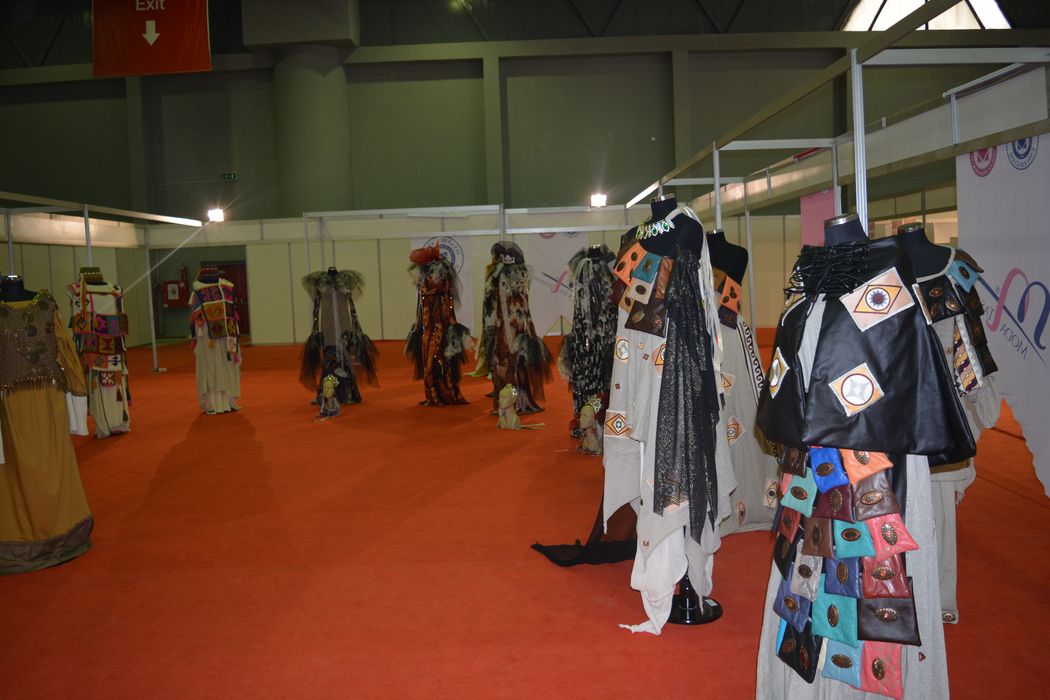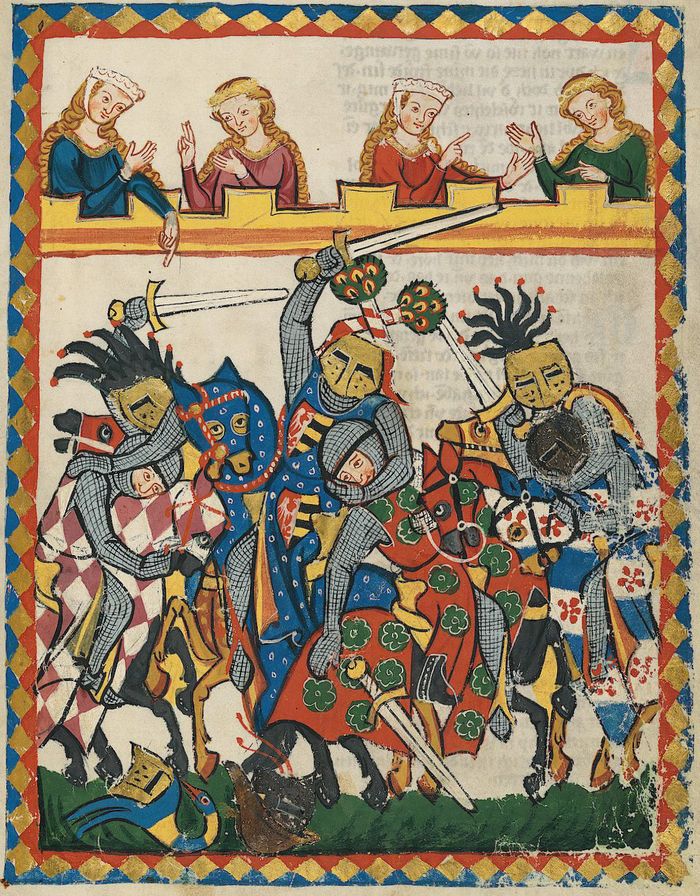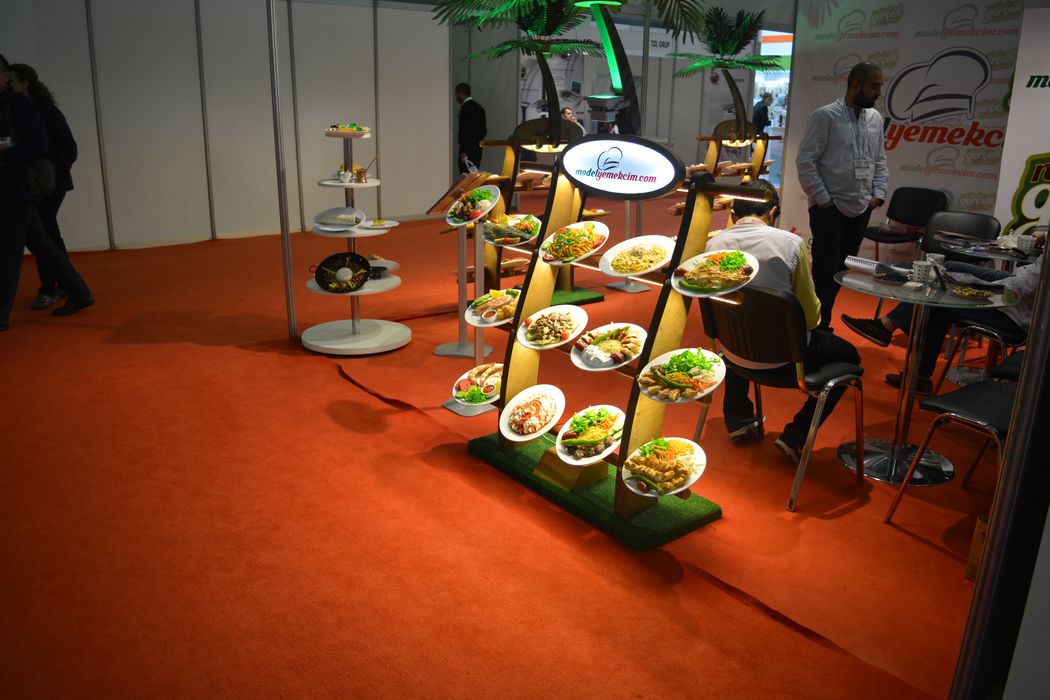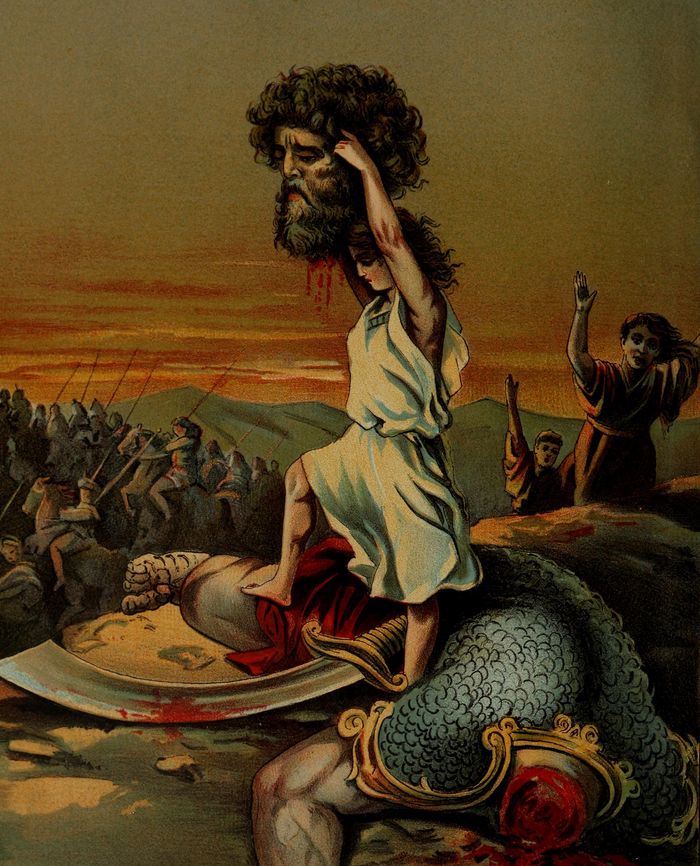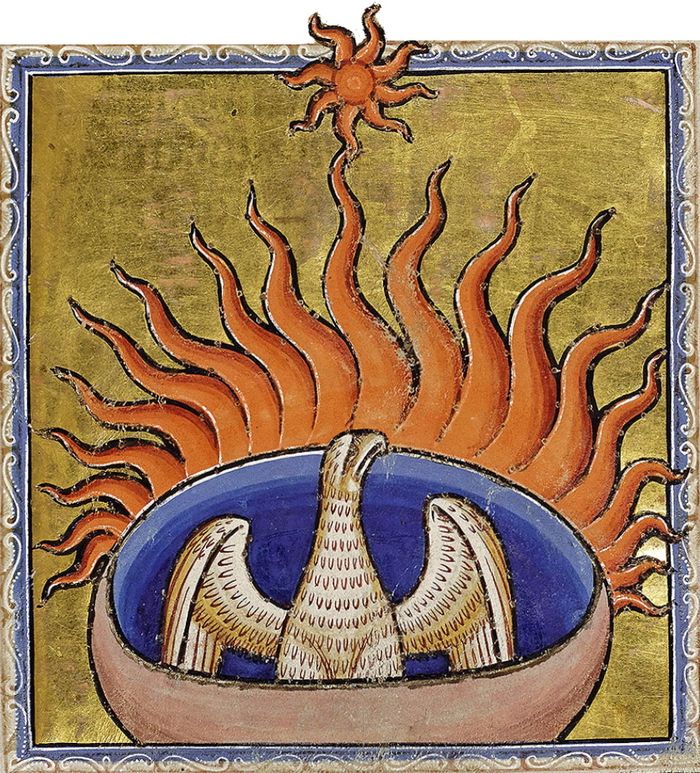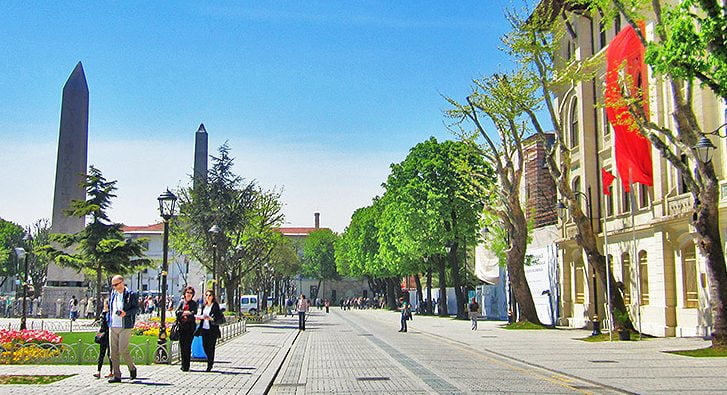In the same place there is another church which the Christians venerate and to which they come on pilgrimage. This is the church of which they are falsely persuaded to believe that it contains the grave of Jesus [Church of the Holy Sepulcher]. All who come on pilgrimage to visit it pay a stipulated tax to the Muslims, and suffer very unwillingly various humiliations. Thereabouts also is the place of the cradle of Jesus which is visited in order to obtain blessing.
Ibn Battuta arrives at Damascus
I entered Damascus on Thursday 9th Ramadan 726 [9th August, 1326], and lodged at the Malikite college called ash-Sharabishiya. Damascus surpasses all other cities in beauty, and no description, however full, can do justice to its charms.
The Ummayad Mosque
The Cathedral Mosque, known as the Umayyad Mosque, is the most magnificent mosque in the world, the finest in construction and noblest in beauty, grace and perfection; it is matchless and unequalled. The person who undertook its construction was the Caliph Walid I [AD 705-715].
He applied to the Roman Emperor at Constantinople, ordering him to send craftsmen to him, and the Emperor sent him twelve thousand of them. The site of the mosque was a church, and when the Muslims captured Damascus, one of their commanders entered from one side by the sword and reached as far as the middle of the church, while the other entered peaceably from the eastern side and reached the middle also. So the Muslims made the half of the church which they had entered by force into a mosque and the half which they had entered by peaceful agreement remained as a church.
When Walid decided to extend the mosque over the entire church he asked the Greeks to sell him their church for whatsoever equivalent they desired, but they refused, so he seized it. The Christians used to say that whoever destroyed the church would be stricken with madness and they told that to Walid. But he replied “I shall be the first to be stricken by madness in the service of God,” and seizing an axe, he set to work to knock it down with his own hands. The Muslims on seeing that followed his example, and God proved false the assertion of the Christians.
This mosque has four doors. The southern door, called the “Door of Increase,” is approached by a spacious passage where the dealers in second-hand goods and other commodities have their shops. Through it lies the way to the [former] Cavalry House, and on the left as one emerges from it is the coppersmiths’ gallery, a large bazaar, one of the finest in Damascus, extending along the south wall of the mosque. This bazaar occupies the site of the palace of the Caliph Mu’awiya I, which was called al Khadri [The Green Palace]; the Abbasids pulled it down and a bazaar took its place.
Read More about Ibn Battuta part 64
